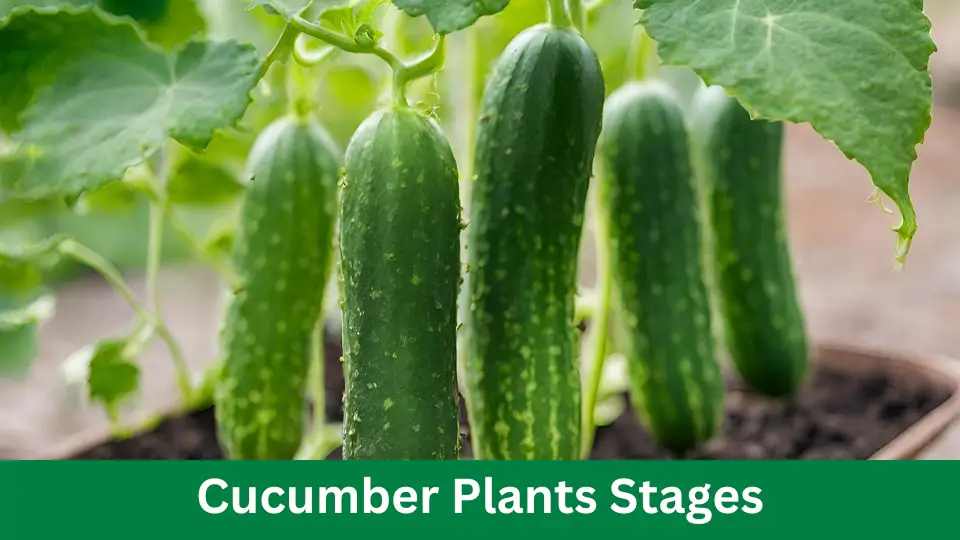
Cucumber Plants Stages: Healthy With These 5 Growth Tips
Cucumber plants Stages progress through four main stages: seed germination, seedling growth, flowering, and fruit development, each with specific growth characteristics. These stages are essential for healthy cucumber cultivation.
Cucumbers, known for their refreshing taste, are widely grown in home gardens and commercial farms. Understanding cucumber plant growth stages is crucial for optimal care and harvesting. Knowing the crucial stages in cucumber plants’ life cycle will help maximize your yield, whether you’re a gardening enthusiast or a professional farmer. This will ensure healthy, robust produce.
We’ll explore each stage in detail, providing insight into cucumber plant growth and helpful tips for nurturing them through each phase.
Germination Stage
The germination stage is a critical phase in cucumber plants’ life cycle. It marks the beginning of their journey from seeds to flourishing vines laden with crisp, refreshing cucumbers. Understanding the nuances of this stage is essential for successful cucumber cultivation.
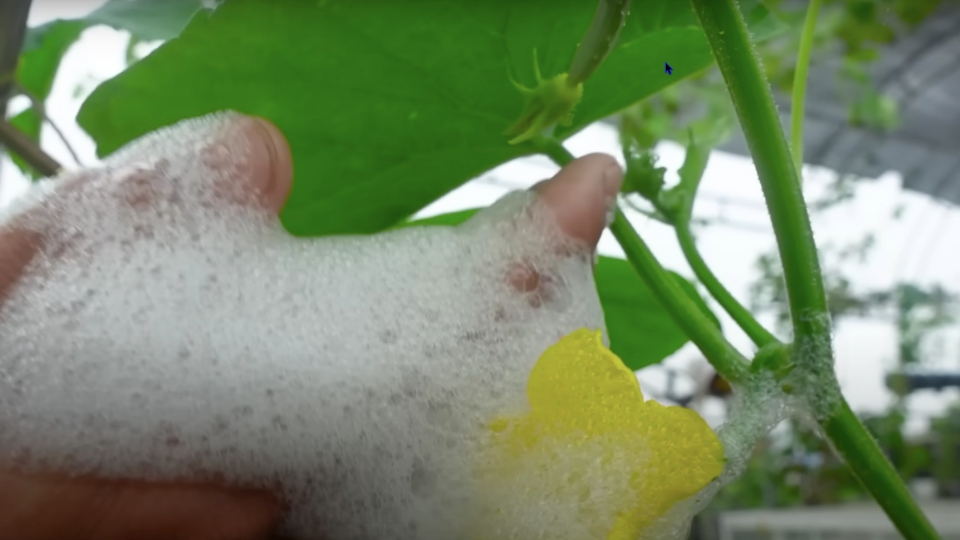
Seed Selection And Preparation
Selecting high-quality cucumber seeds is imperative for successful germination. Look for plump, firm, and free seeds from any signs of damage or decay. Preparing seeds for sowing involves soaking them in water for a few hours to expedite germination. This step can enhance the germination rate, creating a stronger cucumber plant population.
Optimal Sowing Conditions
Providing optimal sowing conditions is vital to cucumber seed germination. Plant the seeds in well-drained soil with good fertility, and ensure the planting site receives plenty of sunlight.
Consistent moisture is also crucial during this stage, as it promotes germination and supports healthy seedlings’ development.
Importance Of Soil Temperature
Soil temperature plays a pivotal role in germination. Cucumber seeds require a warm soil temperature of 70-95°F (21-35°C) for optimal germination. Ensuring the soil is adequately warmed through natural sunlight or mulching is crucial for successful seedling emergence.
Vegetative Stage
Cucumber plants’ vegetative stage is a critical period of growth. During this period, the plant focuses on leaf development, photosynthesis, and efficiently utilizing water and nutrients. Proper management at this stage sets the foundation for healthy and productive cucumber plants.
Leaf Development And Photosynthesis
Cucumber plants undergo rapid leaf development in the vegetative stage, allowing increased surface area for photosynthesis. Each leaf plays a vital role in photosynthesis, through which the plant produces energy from sunlight, water, and carbon dioxide.
Sufficient sunlight exposure is essential to maximize photosynthetic efficiency and support robust vegetative growth. It is crucial to ensure that the leaves remain healthy and free from diseases or pests, as any damage can impede the plant’s ability to perform photosynthesis effectively.
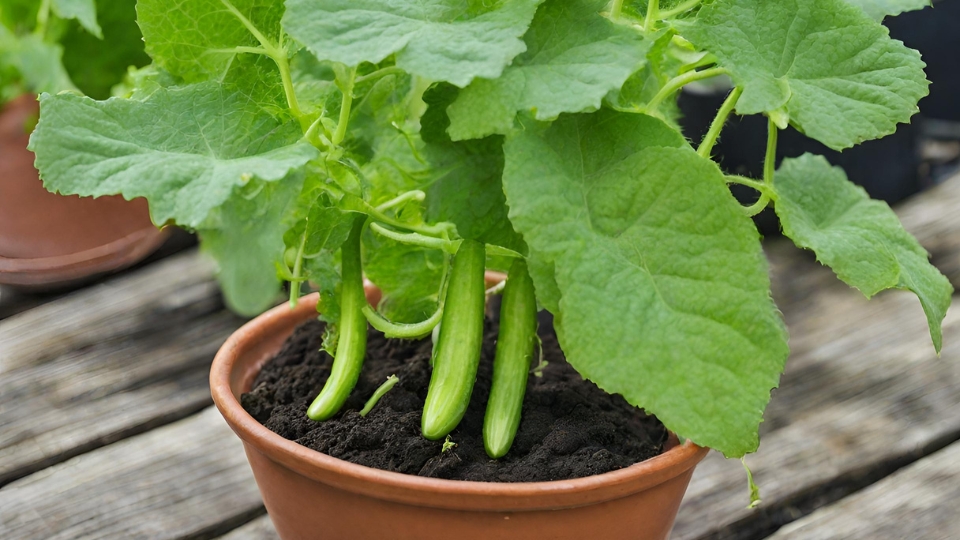
Watering And Fertilization Techniques
Proper watering and fertilization are crucial during the vegetative stage, as they directly impact the plant’s overall health and development. Cucumber plants require consistent moisture, and it is essential to maintain even soil moisture levels without becoming waterlogged.
Overwatering can lead to root rot and other moisture-related issues. Fertilization should be done using a balanced fertilizer to provide essential nutrients such as nitrogen, phosphorus, and potassium. This is vital for optimal vegetative growth and development.
Managing Potential Pests And Diseases
Cucumber plants are vulnerable to various pests and diseases during the vegetative stage. Common pests include aphids, spider mites, and cucumber beetles. Diseases such as powdery mildew and downy mildew can significantly affect plant health.
Implementing preventative measures such as regular pest monitoring, appropriate crop rotation, and applying natural remedies can help maintain a healthy plant environment. This will minimize the risk of pest and disease outbreaks.
Flowering And Fruit Development
During the cucumber plant stages, flowering and fruit development are crucial. These processes involve the growth of flowers and the subsequent development of fruits, which are essential for the plant’s reproduction and yield. Understanding these stages is vital for successful cucumber cultivation.
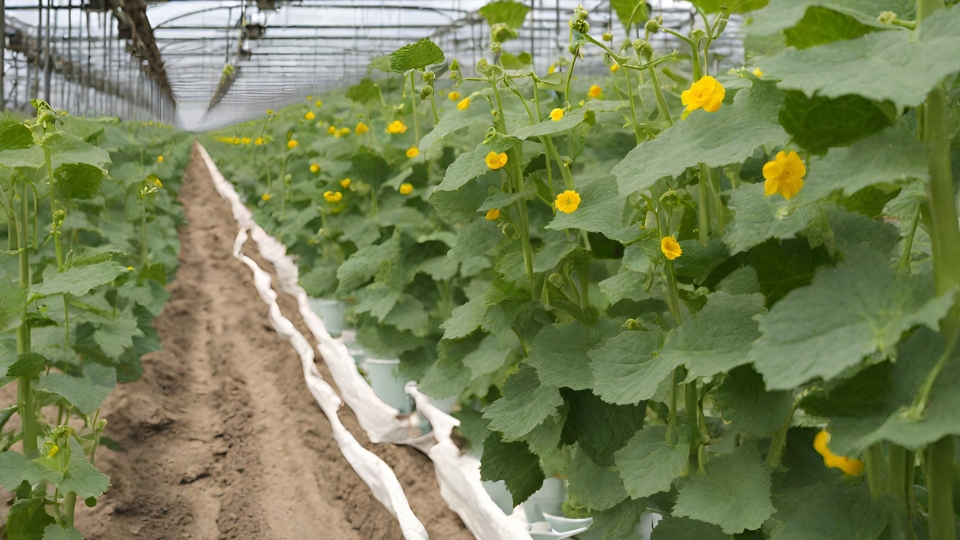
Recognizing Male And Female Flowers
In the flowering stage, it’s important to recognize male and female cucumber flowers. Male flowers have a thin stem and can be identified by the presence of stamens, which produce pollen. On the other hand, female flowers have a small cucumber-shaped swelling at the base called the ovary, which will develop into the fruit after pollination.
Pollination Methods
Cucumbers require pollination for fruit set. They can undergo self-pollination, where the pollen from the male flower fertilizes the female flower on the same plant. However, to ensure successful pollination, attracting bees and other pollinators to the garden is beneficial. Introducing cross-pollination by wind or insects can help increase yields and fruit quality.
Nutrient Requirements For Fruit Formation
Cucumber plants have specific nutrient requirements during fruit development. The essential macronutrients such as nitrogen, phosphorus, and potassium also need adequate calcium to prevent blossom-end rot and a steady water supply to support fruit growth. Ensuring a well-balanced fertilizer and regular watering is crucial for healthy fruit formation and development.
Harvesting And Maintenance
When harvesting and maintaining cucumber plants, ensuring proper maturity, harvesting methods, and post-harvest care is essential. This stage is crucial to the overall success of the cucumber crop, as it determines the quality of the produce and the plant’s longevity. Understanding the indicators for proper cucumber maturity, the methods for harvesting cucumbers, and post-harvest care and plant maintenance is essential for any cucumber grower.
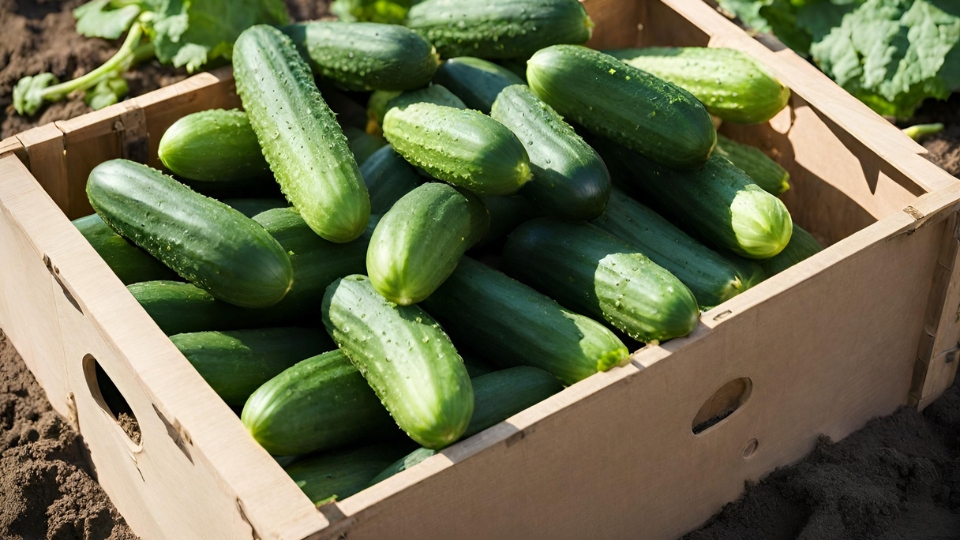
Indicators For Proper Cucumber Maturity
- Check the skin color: A mature cucumber should have a dark green color and appear firm.
- Size: Cucumbers are usually ready for harvest when they reach 6-8 inches long for slicing varieties and 3-4 inches for pickling varieties.
- Texture: The surface of the cucumber should be glossy and prickly, indicating proper maturity.
Methods For Harvesting Cucumbers
- Use a sharp knife or pruning shears to cut the cucumber from the vine, leaving a small portion of the stem attached to the fruit.
- Harvest cucumbers early in the morning when they are still excellent and hydrated.
- Handle the cucumbers carefully to prevent any damage to the skin and reduce the risk of spoilage.
Post-harvest Care And Plant Maintenance
- Remove any remaining flowers from the plant to redirect the energy towards the existing cucumbers.
- Regularly check for pests and diseases and apply appropriate measures to control them.
- Provide adequate watering and nutrition to ensure the continued growth and development of the plant.
Enhancing Growth With Proven Tips
Enhancing the growth of cucumber plants is essential for a bountiful harvest. By utilizing effective pruning techniques, enhancing soil fertility, and maximizing sunlight exposure, you can ensure that your cucumber plants successfully go through their various stages of growth. In this post, we’ll explore these proven tips that can help you nurture your cucumber plants to reach their full potential.
Effective Pruning Techniques
Pruning is a crucial practice to promote healthy growth in cucumber plants. Regular pruning helps remove damaged or diseased parts of the plant, allowing for better air circulation and sunlight penetration. Pruning also encourages the development of more fruitful stems and helps control the plant’s growth.
- Remove any yellow or brown leaves to prevent the spread of diseases.
- Trim the lateral shoots to enable the main stem to grow unhindered.
- Prune excess foliage to prevent overcrowding and allow the plant to allocate more energy to fruit production.
Enhancing Soil Fertility
The soil’s fertility directly impacts the growth and quality of cucumber plants. Maintaining a nutrient-rich soil to support the plants through their various growth stages is essential.
- Regularly add organic matter such as compost or well-rotted manure to improve soil structure and fertility.
- Ensure proper pH levels by regularly testing the soil and amending it with lime or sulfur.
- Utilize organic fertilizers high in nitrogen, phosphorus, and potassium to provide essential nutrients for healthy plant growth.
Maximizing Sunlight Exposure
Sunlight is vital for the photosynthesis process that fuels the growth of cucumber plants. Maximizing sunlight exposure ensures that plants receive sufficient energy to thrive and produce abundant fruit.
- Position the plants in an area that receives at least 6-8 hours of direct sunlight daily.
- Regularly rotate the plants to ensure all sides receive equal exposure to sunlight, preventing uneven growth.
- Consider using reflective mulch to redirect sunlight towards the plants, especially in areas with limited direct sunlight.
Frequently Asked Questions Of Cucumber Plants Stages
What Are The Different Stages Of Cucumber Plant Growth?
Cucumber plants go through several key stages: germination, seedling, vine growth, flowering, and fruit production. Each stage requires specific care and attention to ensure healthy plant development and abundant harvest.
How Long Does It Take For A Cucumber Plant To Reach Maturity?
Typically, cucumber plants take about 50 to 70 days to reach maturity from planting. However, this timeframe can vary depending on the specific variety of cucumber and the growing conditions.
What Are The Signs That A Cucumber Plant Is Ready For Harvest?
When the cucumbers reach their full size, have a bright color, and are firm to the touch, they are ready for harvest. It’s important to regularly check the plants for mature cucumbers to ensure they are picked at the ideal time for peak flavor and freshness.
Conclusion
Understanding the different stages of cucumber plant growth is vital for a successful harvest. By knowing the germination, vine, and fruiting stages, you can ensure proper care and yield healthy cucumbers. This knowledge will help you identify and address any issues that may arise, leading to a bountiful cucumber crop.
Video Source: https://www.youtube.com/watch?v=vQJAfAfVJj4



